Welcome to the strategic world of business, where knowing your competition’s every move can make or break your success. It’s not just about offering the best product or service anymore; it’s about smart positioning and savvy pricing. That’s where the magic of competitors price tracking shines. It’s a technique used across various industries to gather valuable intel on how your competitors are pricing their goods or services. This method is a powerhouse for businesses of all shapes and sizes, providing the insights needed to navigate the competitive landscape with confidence. Whether you’re a startup smelling the fresh paint on your office walls or a well-established brand, tracking your competitor price is more than vital. So, let’s get the inside scoop on making it work for your business, shall we?
Competitor price tracking is the ongoing process of monitoring how much your competitors charge for their products or services. It’s pretty straightforward: you keep an eye on their pricing and use this information to make better business decisions. This isn’t just about seeing if you’re cheaper or pricier; it’s about understanding the market you’re playing in. With this intel, you can adjust your prices to either lead the pack, match the middle, or offer that irresistible deal that makes customers click ‘buy.’ It’s essential for any business that wants to stay competitive, not just to attract bargain hunters but to ensure your pricing reflects your value in the market.
When you start tracking competitor prices, you open up a world of strategic benefits for your business. It’s like equipping yourself with a set of superpowers, and here’s what they can do for you:
Embracing these advantages means you’re not just keeping up—you’re setting the pace. Competitor price tracking isn’t a one-time event but a continuous strategy that keeps your business competitive and forward-thinking.
For e-commerce businesses, price tracking is not just a tactic, but an essential component of a broader strategic approach to market positioning and profitability. Here’s a more integrated look at how price tracking benefits can translate into tangible ROI:
Maintaining Competitive Edge: When an e-commerce store notices a competitor selling a popular blender for $150, a $10 cut from the usual price, they might follow suit to maintain market share. If their profit margin was originally $40 at $160, reducing the price to $150 cuts the margin to $30. However, if this adjustment boosts sales by 25%, from 100 to 125 blenders monthly, the total profit increases from $4,000 to $3,750, with the added benefit of retaining customer interest and preventing market share erosion.
Maximizing Profit Margins: Consider Best Buy strategically pricing a smartwatch by keeping an eye on competitors. The watch sells for $300, with a $60 profit margin. A competitor’s flash sale at $280 could tempt Best Buy to reduce its price to $285, slightly above the competitor’s, to maintain a competitive position while preserving margin. Assuming the small price reduction drives a 15% increase in sales volume, from 200 to 230 units, the gain in sales could make up for the slightly lower margin, boosting overall profit.
Inventory Strategy: Amazon’s reduction of a book’s price from $20 to $18 may lead to a 20% spike in sales, increasing from 500 to 600 copies. The reduction in profit per book is offset by the overall rise in sales, turning overstock into revenue more rapidly and keeping cash flow healthy.
Dynamic Pricing: Uber’s surge pricing might increase rates during a concert’s peak exit time. If the fare normally at $20 rises to $40 with the surge, even a 10% decrease in rides may result in higher overall profits due to the increased fare.
Marketing and Sales Alignment: A boutique’s targeted ad spend of $500, which capitalizes on competitor price tracking insights, could yield an increase in store visits and conversions. If the tracking helps improve conversion by just 3% for a product line, and the average sale profit is $50, a single campaign can turn that $500 into a significant return by drawing in customers who are following price trends.
Catering to Consumer Expectations: Walmart, by keeping prices consistently 5% below competitors, might see a 5% increase in customer footfall. Even with thinner margins, the increase in sales volume can lead to greater overall profitability and solidify customer loyalty due to their low-price leadership.
Incorporating price tracking into the business model allows for a responsive and proactive pricing strategy, where decisions are made not in isolation but with a clear understanding of the market dynamics and consumer behavior. The result is a more agile business that can not only respond to the competition but also anticipate market shifts, leading to a healthier bottom line.
Alright, let’s get into the nitty-gritty of how businesses keep tabs on what the competition is charging. These are some of the primary methods used for competitor price tracking:
This is the old-school approach. You or your team regularly check competitors’ websites, jotting down prices. It’s like keeping a diary, except it’s full of your competitors’ pricing strategies rather than your personal secrets.
✅ Benefits: It’s low-cost and straightforward. You get a firsthand look at your competitors’ pricing and presentation.
❌ Disadvantages: It’s time-intensive and not scalable. The risk of human error is high, and the data can become outdated quickly.
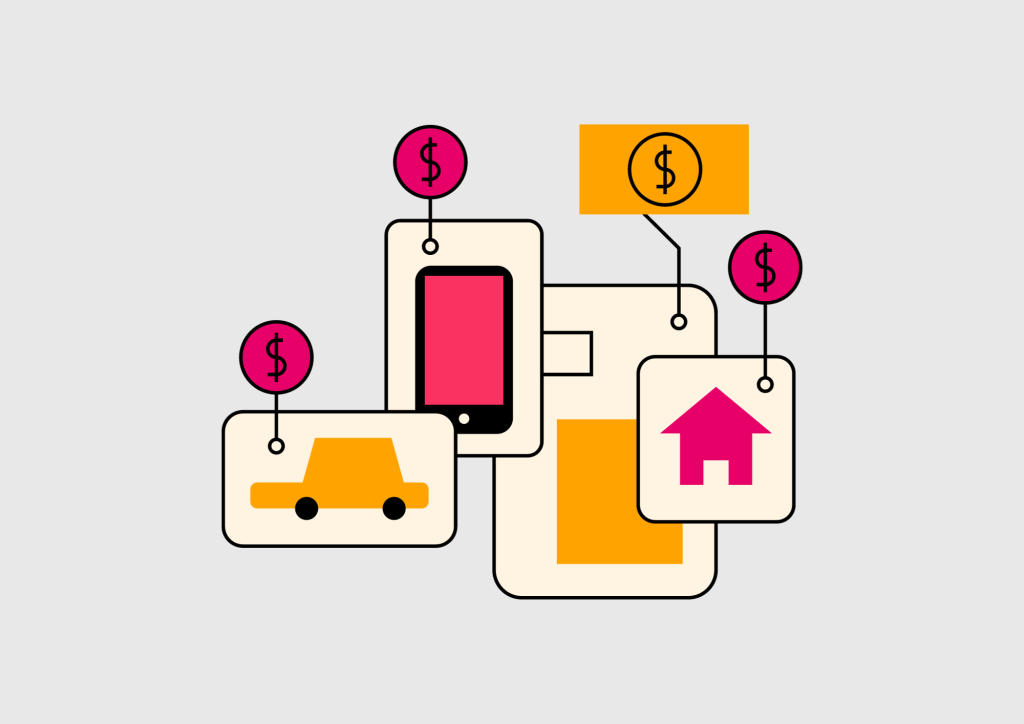
With this method, you use tools that alert you to changes on competitors’ websites. Whether it’s a price drop on a product page or a new discount code on the homepage, you’re the first to know.
✅ Benefits: Automated alerts for changes mean you’re always up to date. It’s a set-and-forget solution that keeps you informed about the latest changes without constant manual effort.
❌ Disadvantages: It may not capture all types of changes, and there’s a possibility of alert overload or missing out on context behind the changes.
Think of this as the Swiss Army knife in your price tracking toolkit. It’s an all-in-one solution that not only tracks prices across various competitor platforms but also analyzes the data to give you actionable insights.
✅ Benefits: High efficiency and comprehensive analysis tools. It can track a large number of competitors across different markets and provide historical data trends.
❌ Disadvantages: Can be costly and may have a learning curve to use effectively. It also depends on the software’s ability to accurately scrape data from various sources.

These firms are like private detectives for hire. They can dig up all sorts of information on your competitors, including pricing, and present you with a detailed report. It’s pricier than other options, but it can also be the most thorough.
✅ Benefits: Expert analysis with qualitative and quantitative data. They can provide a wide range of insights, not just on pricing but also on market conditions and competitor strategies.
❌ Disadvantages: This can be the most expensive option and may not be as real-time as other methods.
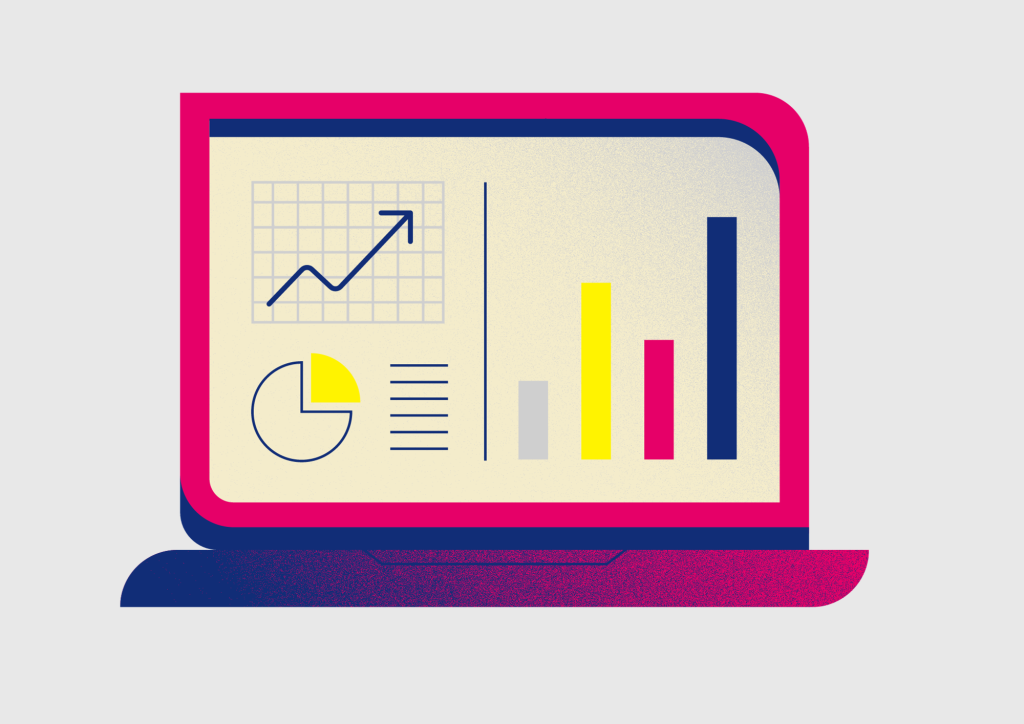
These are the bots of the price tracking world. Set them up to crawl the web for specific data on competitor prices, and they’ll fetch it for you, usually much faster than any human could.
✅ Benefits: It’s an automated way to gather large amounts of data. Ideal for when you need to monitor numerous competitors or a large catalog of products.
❌ Disadvantages: It requires technical knowledge to set up and maintain.
Deciding between manual and automated price tracking is a strategic choice for businesses looking to stay competitive.
Manual Tracking:
Automated Price Tracking:
For businesses weighing these options, the decision often boils down to resource allocation. Do you have the manpower to manually check prices, or would those hours be better spent elsewhere, with a software tool handling the price tracking? Some businesses opt for a blend of both, using manual checks for high-value items or major competitors and automated tracking for broader market analysis. The most effective approach depends on the scope of your market, the frequency of price changes, and the depth of data required for your pricing strategy.
Automating your competitor price monitoring is like upgrading to a high-performance engine in your race car—it’s all about speed and efficiency. Here’s why making the switch to automation makes sense:
It Saves Time: Manually checking prices is as time-consuming as it sounds. Automation does the heavy lifting for you, freeing up your time so you can focus on strategy and execution.
More Accurate Data: Humans make mistakes, especially when it comes to repetitive tasks like data entry. Automated tools reduce the risk of errors, giving you data you can trust.
Real-Time Updates: The market doesn’t sleep, and neither does automated tracking. You can receive updates as they happen, which means you can react with the kind of speed that today’s market demands. If you want to have dynamic pricing then it becomes as easy as ever to get that working fast and effectively.
Comprehensive Analysis: Automated tools can do more than just track prices; they can analyze trends, predict changes, and even suggest the best times to adjust your pricing.
Strategic Resource Allocation: By cutting down on manual tasks, your team can redirect their efforts to where they’re needed most, like relationship building and creative strategy.
Scalability: As your business grows, so does the task of price tracking. Automation can scale with your business, tracking more competitors and more products without the need for a larger team.
In essence, automating your competitor price monitoring is an investment in accuracy, efficiency, and strategic focus. It’s a cornerstone for businesses that want to stay agile and competitive in a market where prices can change in a blink.
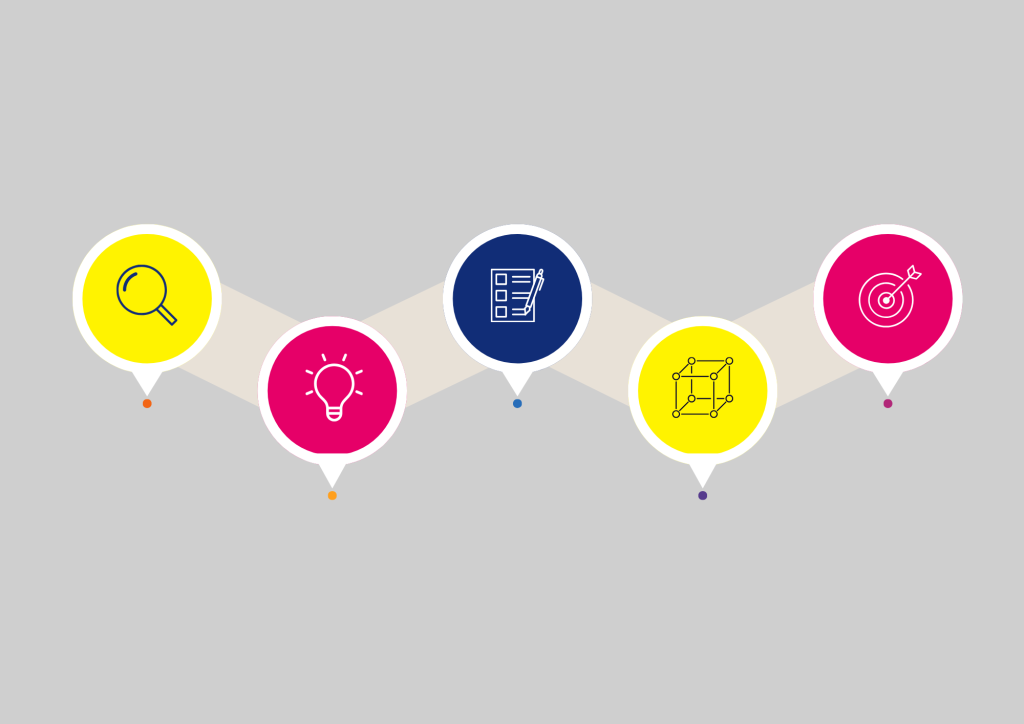
Getting started with competitors’ price tracking is a strategic move that can transform the way you do business. Here’s a step-by-step guide on how to nail the process:
Identify Your Competitors: First things first, know who you’re up against. This means identifying other businesses offering similar products or services within your target market. You can start broad and narrow it down to those whose pricing strategies most closely impact your sales.
Choose the Right Tools: Next, arm yourself with the right technology. From the tools listed above, select one that aligns with your business needs, size, and the depth of analysis you’re looking for. Remember, the tool should offer a good mix of automation, accuracy, and ease of use.
Set Your Monitoring Parameters: Now decide what metrics matter most to you. Are you tracking just the price, or are you also interested in stock levels, product bundles, and discount strategies? Setting clear parameters will make your data collection more purposeful and your analysis more actionable.
Gather and Analyze Data: With your tools in place and parameters set, start collecting data. This should be an ongoing process, where data is not only gathered but also analyzed to spot trends, patterns, and opportunities. The insights you gain here are the bedrock of your pricing strategy.
Make Informed Decisions: Finally, it’s decision time. Use the insights from your analysis to inform your pricing, marketing, and sales strategies. Whether it’s repricing your products, planning a promotion, or stocking up for a seasonal sale, these decisions should be driven by the competitor data you’ve meticulously tracked.
By following these steps, you can ensure that your price tracking process is systematic, data-driven, and finely tuned to the market’s dynamics, giving you a competitive edge that’s based on informed strategic thinking.
While we’ve touched on the significance of competitor price tracking and the strategic advantages it offers, the depth of each software tool deserves its own spotlight. Choosing the right software can be a game-changer for your business, allowing for nuanced control over your pricing strategy and competitive positioning. To help you navigate this decision, we’ve put together a comprehensive review in our latest article, ‘The 13 Best Price Monitoring Software Tools’, where we dive into the features, benefits, and considerations of the top contenders in the market. Whether you’re a small business owner or a seasoned market analyst, our detailed guide aims to equip you with the knowledge to select a tool that best fits your unique business needs.
Setting up a robust price tracking system is a cornerstone for staying competitive. Here’s a step-by-step guide that not only outlines the steps but also helps you execute them effectively:
1. Clarify Your Objectives: Begin by nailing down what you’re aiming to achieve with price tracking. Instead of a vague goal like “track prices,” get specific. Are you trying to ensure your pricing is the most competitive during the holiday season? Or maybe you want to monitor for price drops on specific high-value items? Setting clear, measurable objectives will guide your price tracking activities and make the data collected far more actionable.
2. Scout Out Your Competition: Identify which competitors are significant players in your space. Don’t waste time tracking every single competitor—focus on the ones whose pricing strategies directly impact your market share. Use a mix of online research, customer feedback, and market analysis to create a target list. Remember, your biggest competitor isn’t always the one with the lowest prices, but the one your customers consider when they think about purchasing.
3. Pick the Perfect Tool: Select a tool that fits your objectives and business size. It should offer the right balance of automation, comprehensiveness, and user-friendliness. Don’t just go for the most advanced tool—go for the one that your team can use efficiently and fits your budget. Some tools offer trial periods, so take advantage of them to see if they’re the right fit before committing financially.
4. Fine-tune Your Tracking Details: Configure your chosen tool with precision. You want to track not just current prices but also historical trends, stock levels, and promotional offers. Set up the frequency of tracking to balance between being timely and not getting swamped with data – once a day might be a good start for most businesses. Make sure to validate the accuracy of the data regularly to ensure reliability.
5. Integrate and Automate: If your price tracking tool allows, integrate it with your inventory or CRM systems. This can help automate responses to price changes, like adjusting your own prices or notifying your sales team to take specific actions. An integrated system can help turn insights into actions much quicker, keeping your business agile.
6. Educate Your Team: Ensure your team understands the tool and the process. They should be able to interpret the data and know what steps to take based on the information. Regular training sessions can help keep everyone on the same page and make the most out of the price tracking system.
7. Review and Adjust: Finally, review the system’s performance. Is it meeting your goals? Are you getting the insights you need to make informed decisions? Don’t be afraid to tweak your parameters or switch tools if your needs aren’t being met. The right system should evolve with your business.
By following these steps, you’ll establish a price tracking system that works like a well-oiled machine, providing you with a wealth of insights to keep your pricing strategy sharp and effective.
After setting up your price tracking system, you’ll want to maximize its potential by monitoring and analyzing the data effectively. Here are some pro tips to enhance the value of the insights you gain and make the most of your price tracking endeavors:

Stay Alert and Proactive: Set up notifications for essential changes in your competitor’s pricing, but establish clear thresholds for what changes warrant action. This keeps you proactive rather than reactive, allowing you to respond to market shifts with precision.

Dive Deeper Than Price: Don’t just collect data on pricing—analyze the entire value proposition of your competitors. Factor in their service, shipping policies, and package deals to understand their strategy fully. To access all your competitor data you can perform competitor analysis with tools like Competitors App.

Understand the Motivation Behind Changes: When a competitor changes a price, ask why. Are they clearing inventory, reacting to market changes, or repositioning their brand? Recognizing their reasons can give you an edge, allowing you to counteract effectively.

Keep Tabs on Market Trends: Broad industry trends can affect pricing strategies. Stay abreast of these trends so you can understand your competitors’ moves within the larger market context.

Recognize Patterns and Timing: By identifying when and how often competitors adjust their prices, you can predict future behavior and time your pricing moves strategically.

Forecast with Historical Data: Use past pricing data to predict future trends. This historical analysis is key to planning your inventory and promotional activities.

Ensure Data Accuracy: Regularly cross-reference collected data with actual prices to maintain data integrity. Accurate data is the foundation of sound pricing strategy.

Facilitate Company-Wide Sharing of Insights with Sales Battlecards: Share pricing intelligence with various departments to inform wider business strategies. This collaborative approach can translate into a well-rounded competitive strategy. Sales battle cards can be particularly helpful in achieving that.
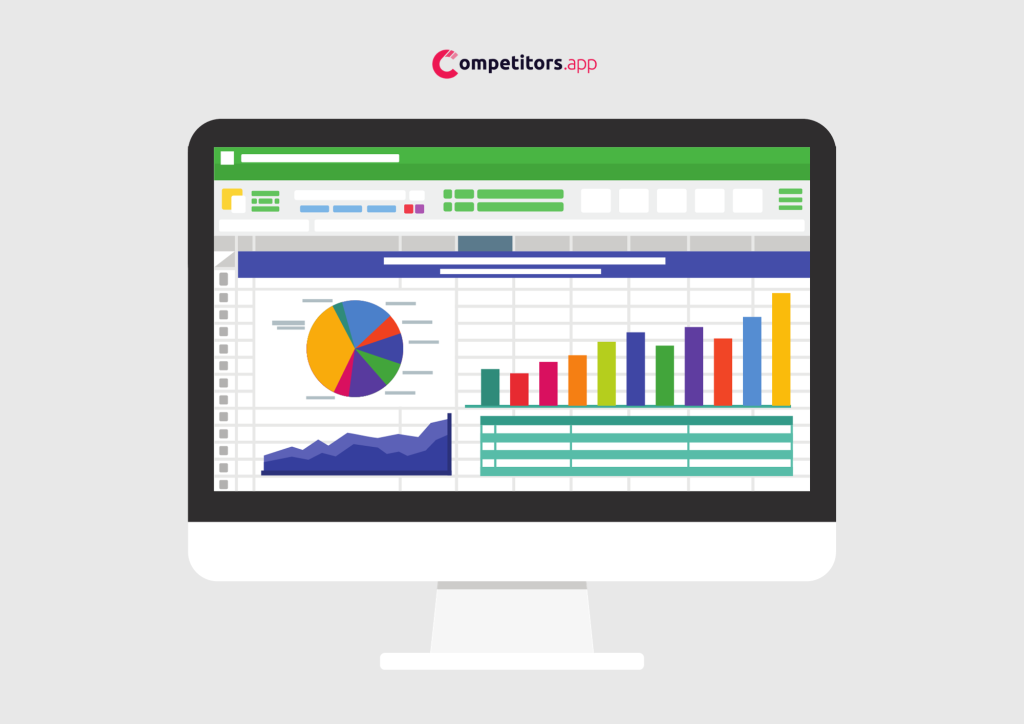
Mastering competitor price analysis is vital for staying ahead in business, and Excel is your secret weapon. By leveraging its data organization and analysis features, you can gain valuable insights into how your pricing stacks up against the competition. The steps below will walk you through setting up an effective price tracking system with Excel, helping you make informed decisions to steer your pricing strategies in the right direction. Let’s jump into how you can utilize Excel to turn pricing data into a competitive advantage.
1. Data Entry and Structure:
– Begin by creating a spreadsheet with columns for competitor names, product identifiers (like SKU), their prices, dates of price checks, and any notes on sales or discounts.
– Structure this data consistently across rows for each product for all competitors, allowing for a streamlined comparison.
2. Comparative Analysis Tools:
– Utilize Excel’s ‘Pivot Table’ feature to group and compare your products with competitors’ by price points across different time frames.
– Apply ‘Conditional Formatting’ to highlight cells where prices are significantly higher or lower than the competition, making disparities easy to spot.
3. Calculating Price Differences:
– Insert a formula to calculate the percentage difference between your price and each competitor’s price. For example, `(Competitor Price – Your Price) / Your Price * 100` will give the percentage difference.
4. Trend Visualization:
– Use Excel’s ‘Insert Chart’ feature to create line graphs or bar charts that track pricing trends over specific periods. This visual representation can show historical and current pricing trends at a glance.
5. Sales Data Correlation:
– If you have sales data, input it into the spreadsheet and use Excel formulas to correlate sales volume with price changes. This can help you determine the price elasticity of your products.
– Create a scatter plot to visualize the relationship between price changes and sales performance, using the ‘Insert Scatter (X, Y) or Bubble Chart’ option.
6. Forecasting and Modeling:
– Forecast potential pricing scenarios using Excel’s ‘What-If Analysis’ tool found under the ‘Data’ tab. This can project how changes in pricing could affect your sales.
– Use the ‘Goal Seek’ function to determine what price point you would need to set to achieve a desired sales target or profit margin.
7. Reporting for Decision Making:
– Consolidate your findings into a summary report within Excel by using the ‘Summary Sheet’ that pulls key data points from your analysis, including potential action items.
– Share these Excel reports with your team or use them in presentations to inform and guide pricing strategy discussions.
By following these detailed steps in Excel, you’ll be able to create a dynamic and comprehensive competitor price analysis system that informs strategic decisions and helps maintain competitive agility in your market.
Once you’ve got a handle on competitor price tracking, it’s time to use that knowledge to fine-tune your own pricing strategy. Here’s how you can apply different competitive pricing methods to your advantage:
1. Competitive Parity Pricing: Match your competitors’ prices to avoid price wars and maintain parity within the market. It’s ideal for businesses operating in highly competitive markets where price is a key differentiator.
2. Premium Pricing: Set your prices higher to signal higher quality or exclusivity. This strategy works well when your products have a distinct advantage or brand prestige that consumers are willing to pay extra for.
3. Discount Pricing: Offer your products at a lower price point to attract price-sensitive customers and increase market share. It’s a common tactic during sales events or when trying to introduce new customers to your brand.
4. Cost-Plus Pricing: Calculate the cost of your product and add a markup percentage for profit. This straightforward method ensures profitability but must be balanced with competitive considerations.
5. Dynamic Pricing: Adjust prices in real-time based on demand, competition, and other market factors. This requires a robust monitoring system but can maximize profits by capitalizing on the fluctuating market conditions.
6. Value-Based Pricing: Price your products based on the perceived value to the customer rather than the cost to produce it. This method relies on understanding customer needs and preferences deeply.
7. Penetration Pricing: Introduce new products at a low price to gain market entry and attract customers quickly, then gradually increase the price as your market presence grows.
8. Skimming Pricing: Start with a high price and lower it over time as the novelty wanes and competition increases. It’s useful for recouping investments quickly and tapping into less price-sensitive market segments initially.
9. Price Leadership: Establish your brand as the standard-bearer for pricing in your industry. This works when you have a significant market share and can influence market prices through your pricing actions.
10. Price Matching: Guarantee customers that you will match lower competitor prices. This reassures customers they are getting the best deal and can build loyalty and trust.
By understanding and applying these pricing strategies appropriately, you can position your products effectively in the market. Use the intelligence gathered from your price tracking efforts to choose the method that aligns with your business objectives and market position.
When engaging in competitor price tracking and applying competitive pricing strategies, it’s essential to navigate the legal and ethical boundaries carefully. Here’s what you need to keep in mind:
Compliance with Antitrust Laws: Ensure your price tracking practices comply with antitrust laws, which are designed to promote fair competition for the benefit of consumers. Avoid any practices that could be construed as price-fixing or collusion with competitors.
Respect for Consumer Privacy: Be mindful of consumer privacy issues. If your price tracking involves gathering data that may include consumer information, ensure you’re adhering to privacy laws and regulations.
Intellectual Property Rights: When using web scraping tools for price tracking, respect intellectual property rights. Taking data directly from competitor websites may breach copyright laws or terms of service agreements, so it’s vital to use these tools within legal limits.
Transparency in Pricing: Maintain transparency in your pricing strategies. Consumers trust businesses that are upfront about their pricing. Any form of deceptive pricing not only damages credibility but can also attract legal scrutiny.
Ethical Use of Competitive Information: Use the information gathered from competitor price tracking ethically. It should inform your pricing strategy, not be used to undermine competition maliciously.
By adhering to these legal and ethical considerations, you’ll maintain a fair competitive advantage and uphold your business’s integrity. This approach not only ensures compliance with laws but also builds trust with customers and maintains a healthy competitive market.

Data Overload:
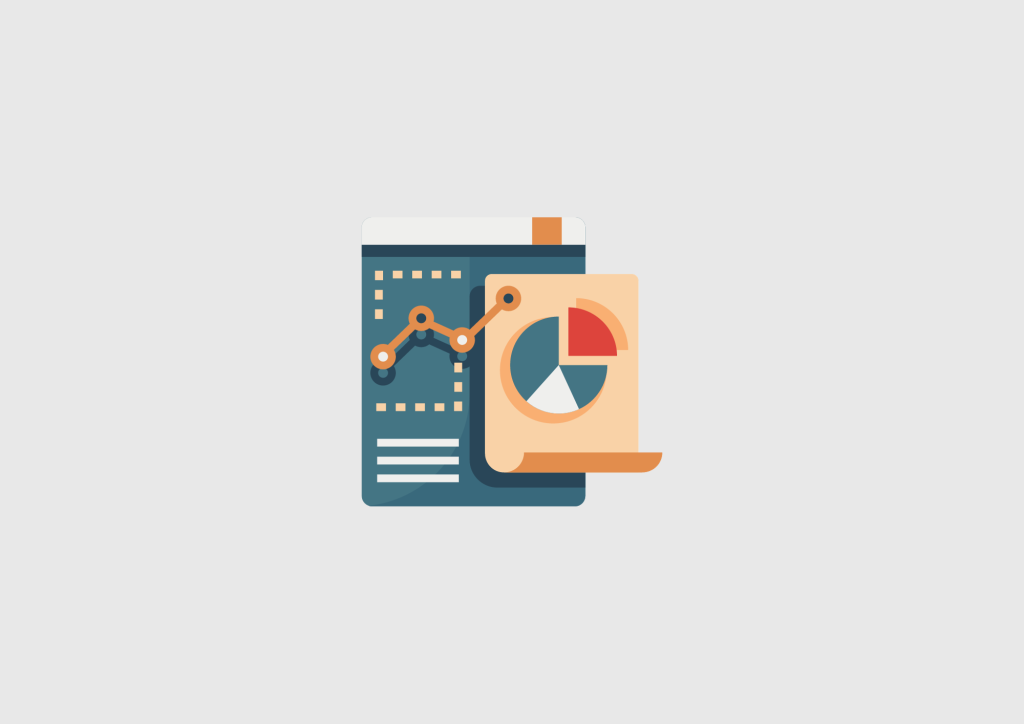
Rapid Market Changes:
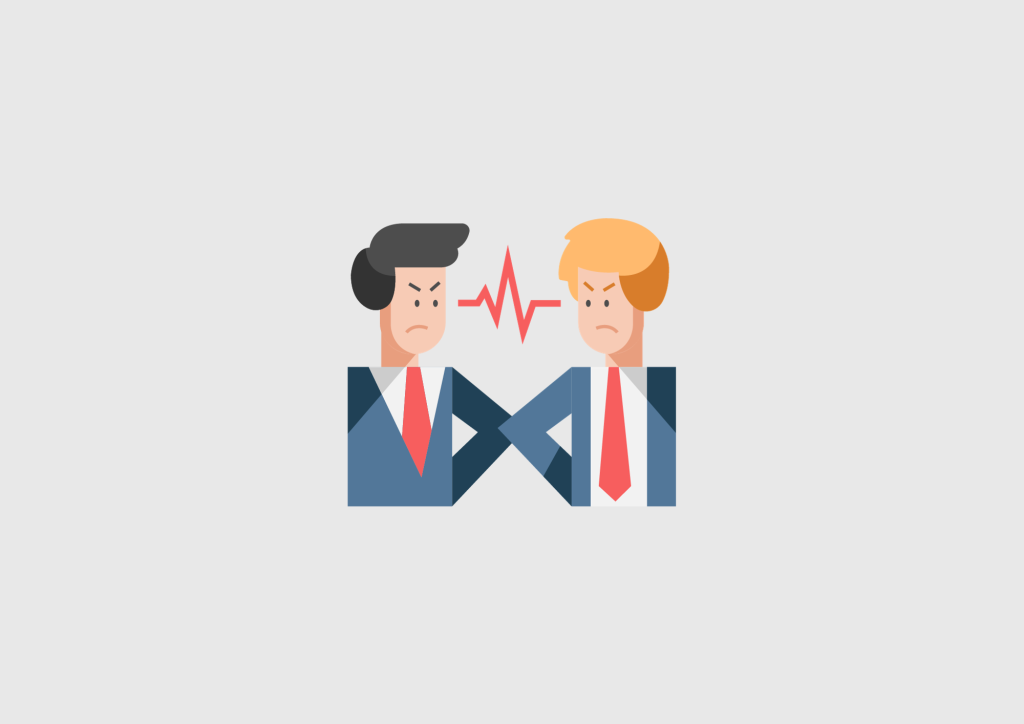
Matching Competitor Prices:

Legal Risks:

Price Wars:
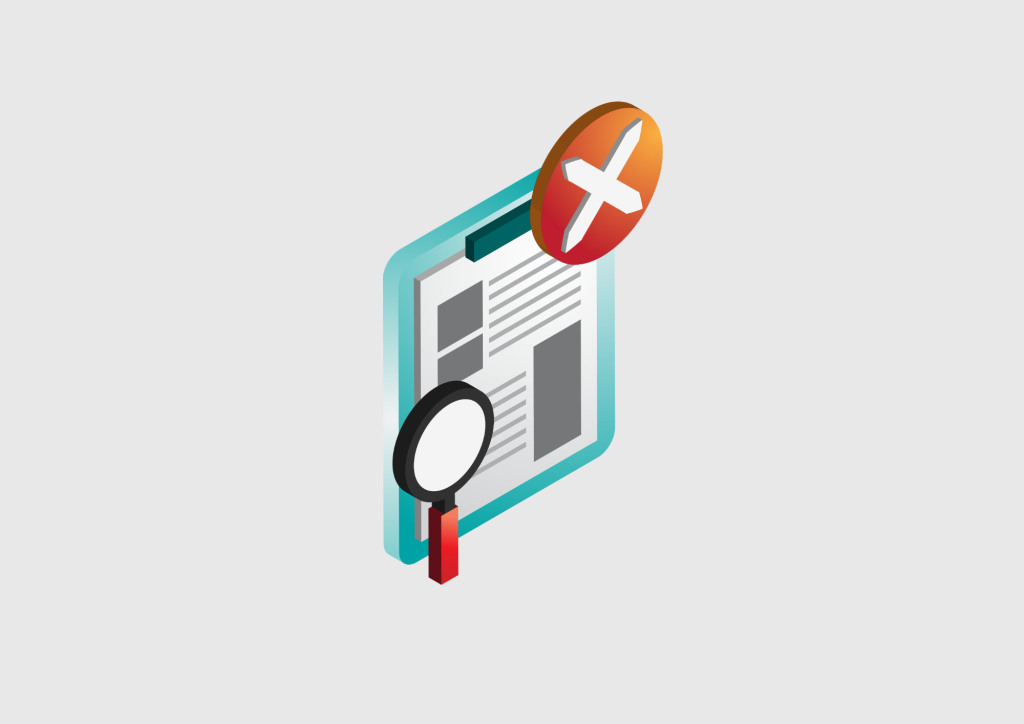
Misinterpreting Data:

Technology Dependence:

Keeping Up with the Right Competitors:
Examining the success stories of businesses that have effectively used competitor price tracking and analysis can provide valuable insights. Here are a few examples of how different companies have harnessed the power of this strategy:
Amazon: Dynamic Pricing Mastery Amazon’s use of dynamic pricing allows it to adjust prices on millions of products daily. By monitoring competitors’ prices and market demand, Amazon can optimize its pricing to stay competitive. This strategy has contributed to Amazon’s reputation as a go-to destination for competitive pricing, driving customer loyalty and sales.
Walmart: Price Matching Guarantees Walmart’s price matching policy assures customers they’re receiving low prices for their purchases. This commitment to competitive pricing has solidified Walmart’s market position as a price leader and established trust among consumers.
Best Buy: Turnaround with Price Competitiveness Best Buy implemented a price matching guarantee to combat showrooming, where customers browse in-store but buy online at lower prices. By ensuring competitive in-store prices, Best Buy improved its price perception among customers, contributing to a successful turnaround for the company.
Nordstrom: High-Touch Customer Service with Competitive Pricing Nordstrom combines premium pricing with a value-added approach through exceptional customer service. By keeping a close eye on the competition, Nordstrom ensures its pricing strategy complements its brand reputation for high-quality service and merchandise.
Airbnb: Competitive Pricing in the Sharing Economy Airbnb’s pricing algorithm considers various factors, including competitor pricing, to suggest optimal rates to hosts. This tool has helped Airbnb hosts stay competitive in various markets, which has been crucial for the company’s rapid growth and scalability.
These companies showcase the effectiveness of different pricing strategies, from dynamic pricing to price matching and value-based pricing. Their ability to adapt to market changes and leverage competitor data has made them leaders in their respective industries. Each story underscores the importance of integrating competitor price tracking into overall business strategy for long-term success.
The future of price tracking is poised to become even more sophisticated as advancements in technology, especially in artificial intelligence (AI), continue to evolve. Here’s a glimpse into what’s on the horizon for price tracking:
These trends indicate a future where price tracking is not only about responding to competitors but also about proactively shaping the market through strategic, data-driven decisions enabled by AI.
In the intricate dance of market competition, competitor price tracking is an indispensable step. From understanding the basics of price tracking to navigating the complexities of applying competitive pricing strategies and adhering to legal and ethical standards, businesses are armed with a wealth of strategies to help them thrive. Real-world success stories demonstrate that whether you’re a retail giant or a boutique store, the right approach to price tracking can lead to remarkable outcomes.
Looking ahead, the integration of AI into price tracking promises to revolutionize how businesses set and adjust their pricing strategies. With the potential for real-time optimization, personalized pricing, and predictive analytics, the future of price tracking is an exciting frontier that’s brimming with possibilities. As technology evolves, so too will the tools and techniques for competitive analysis, offering finer control and smarter insights into pricing.
Yet, with great power comes great responsibility. The emerging trends in price tracking will require businesses to stay vigilant about ethical practices and navigate the regulatory landscape with care. By staying informed and adaptable, businesses can leverage these advancements to create value for their customers and maintain a competitive edge.
As we wrap up this exploration of competitor price tracking, one thing is clear: the businesses that best understand and adapt to the dynamic nature of pricing will be the ones that lead the pack. Embracing innovation and maintaining agility in pricing will not just be a best practice but a necessity for success in the digital age.
You should update your competitor price data as often as the market dictates. For high-velocity sectors like technology and fashion, this could mean several times a day. For more static industries, weekly or bi-weekly updates may be adequate. The goal is to have fresh data that reflects the current market, allowing for timely strategic decisions.
The frequency of tracking competitors' prices should mirror the frequency of price changes in your market. If you're in an industry where prices change rapidly, such as airline tickets or electronics, you might benefit from tracking these changes in real-time. In less volatile sectors, less frequent monitoring may be more practical and just as effective.
Competitors price tracking is both legal and ethical, provided you're using publicly available data and not infringing on any copyrights or proprietary information. It's a standard practice to stay competitive and serve customers better. However, it's important to conduct this tracking in a way that respects consumer privacy and complies with all relevant antitrust laws.
A competitor pricing method refers to the strategy of setting prices relative to your competitors’ pricing. This can involve matching their prices, undercutting them to become the cost leader, or exceeding them if your product provides additional value or brand prestige.
An example of competitive-based pricing is a retailer who prices a product at $99, knowing that the majority of their competitors price the same product at $109. This strategy makes the retailer's price appear more attractive to price-conscious consumers, potentially increasing their market share within that product category.